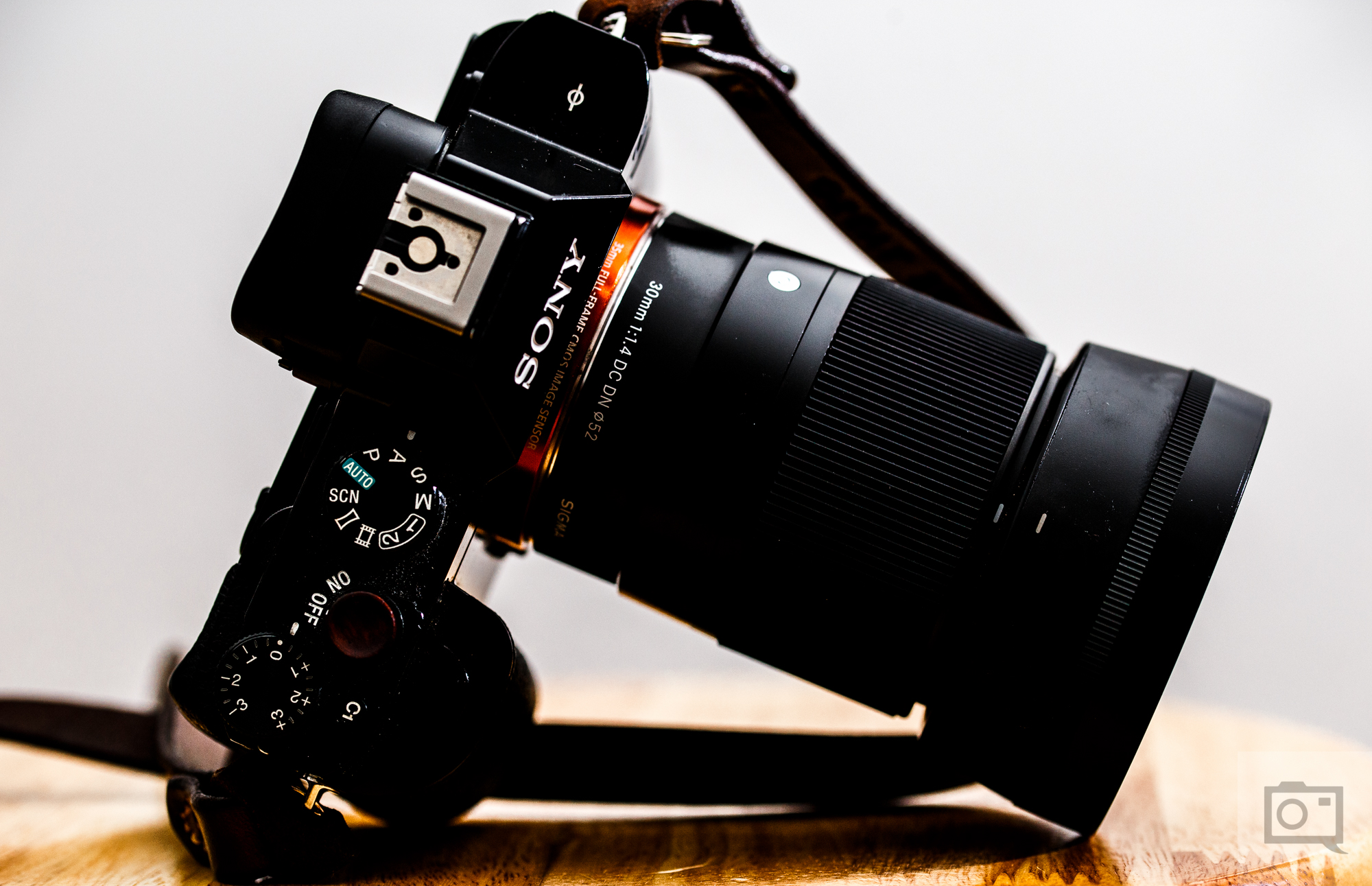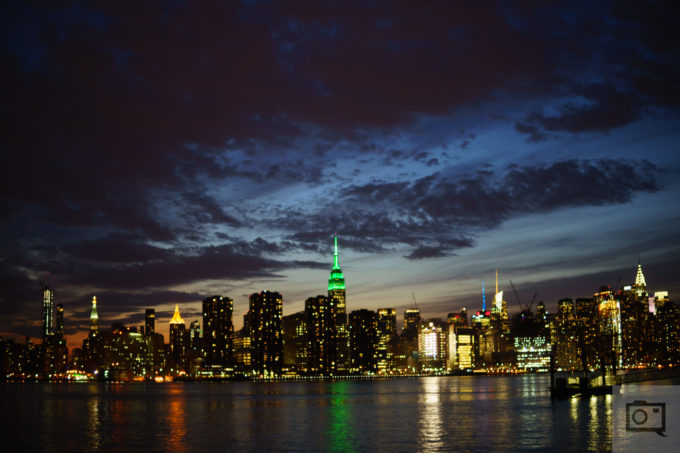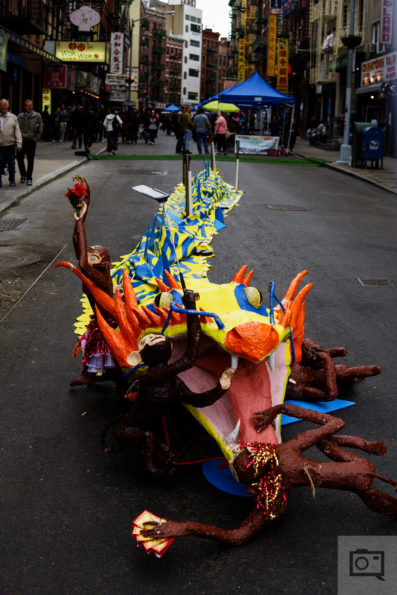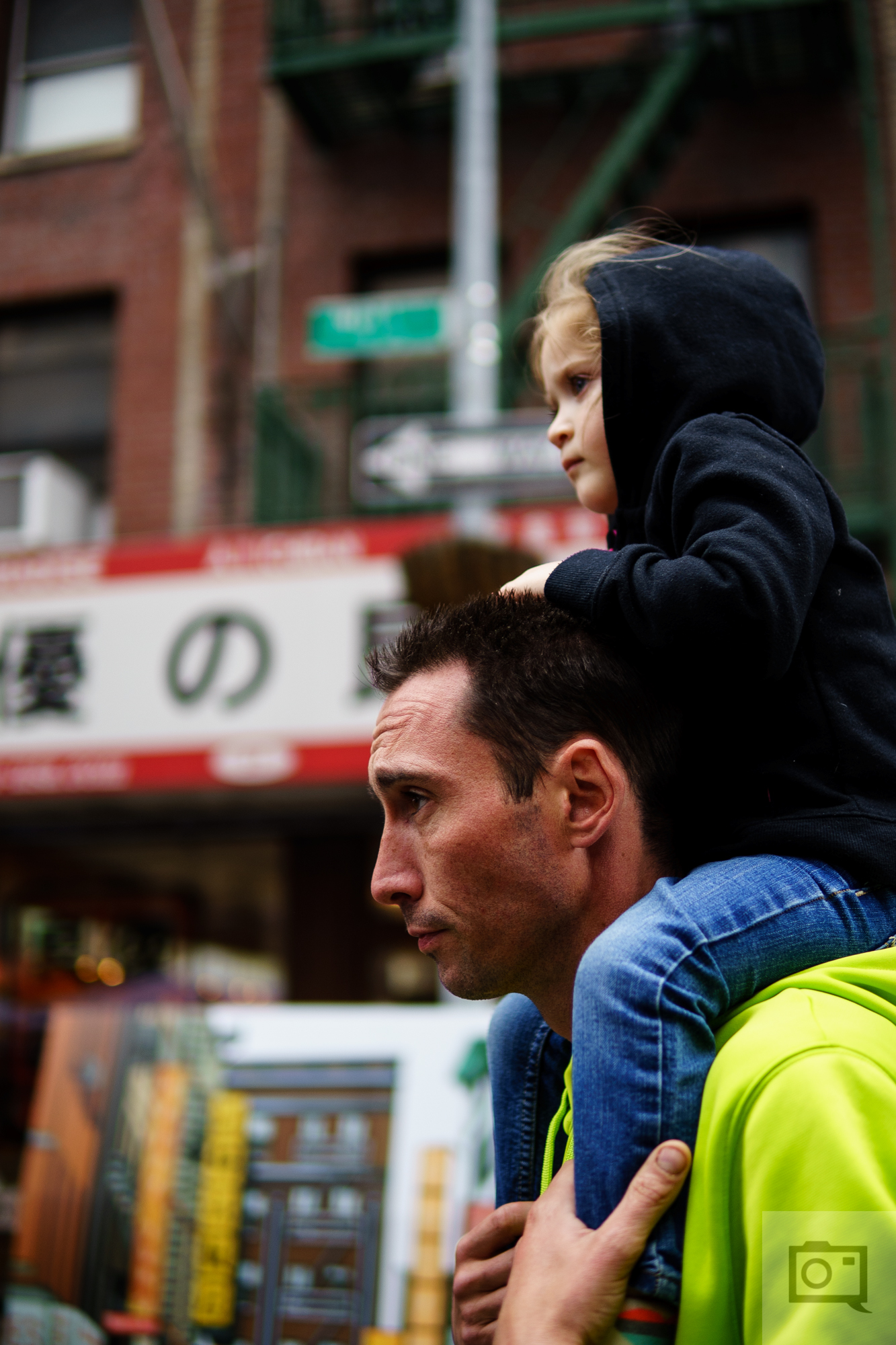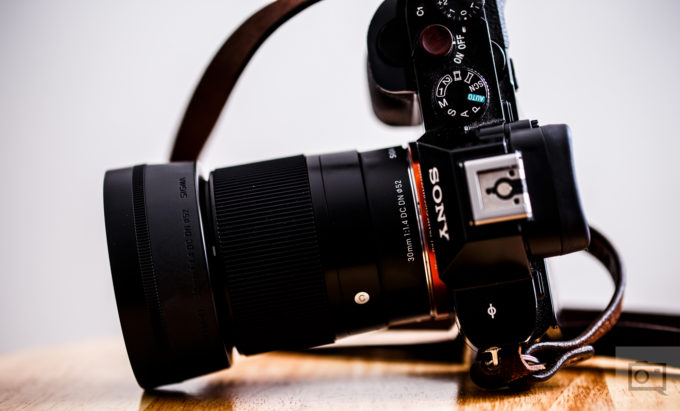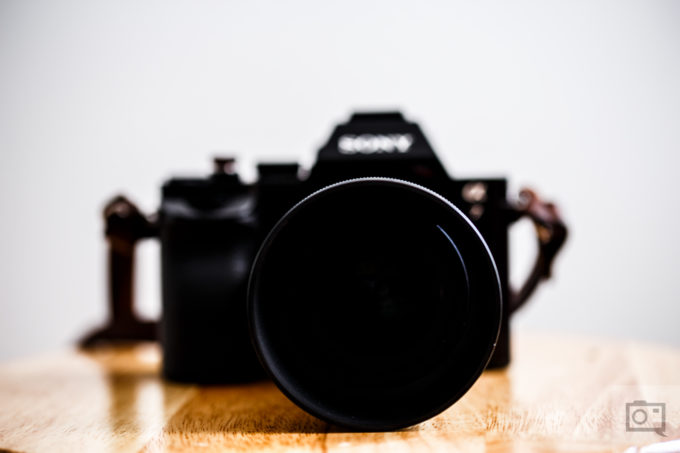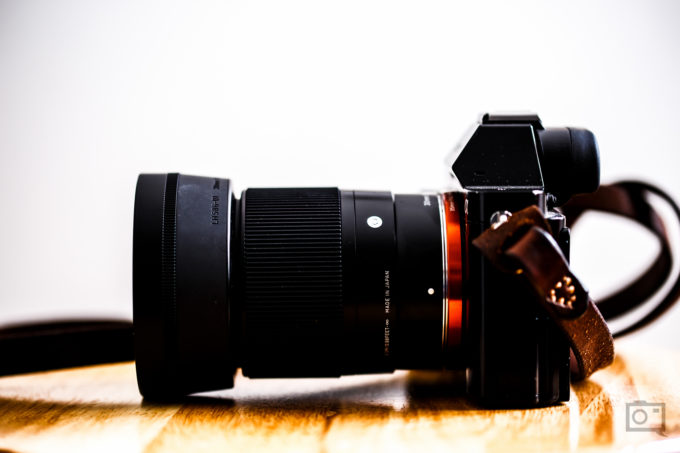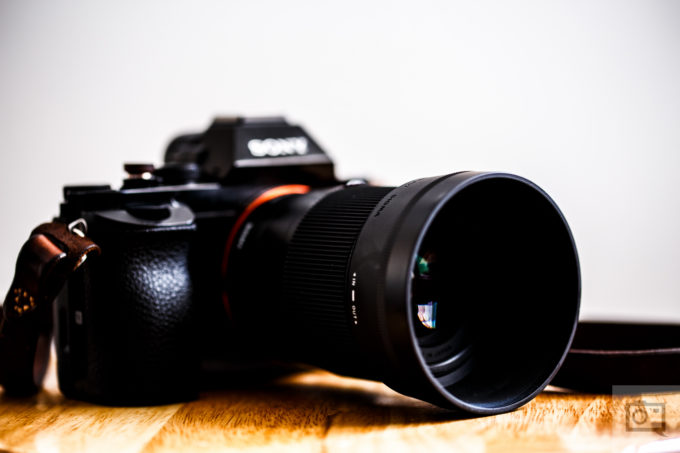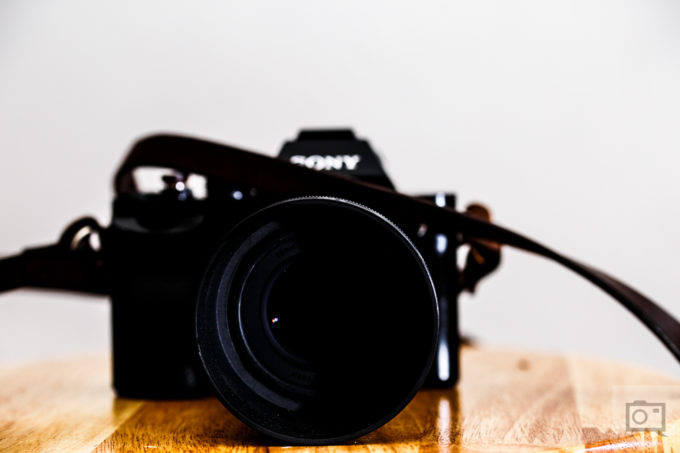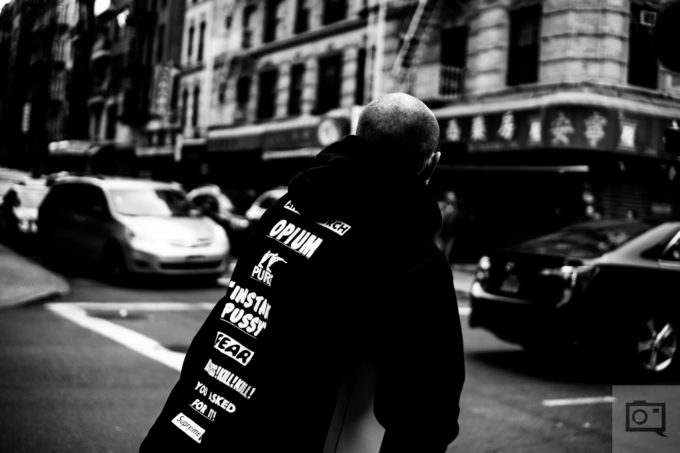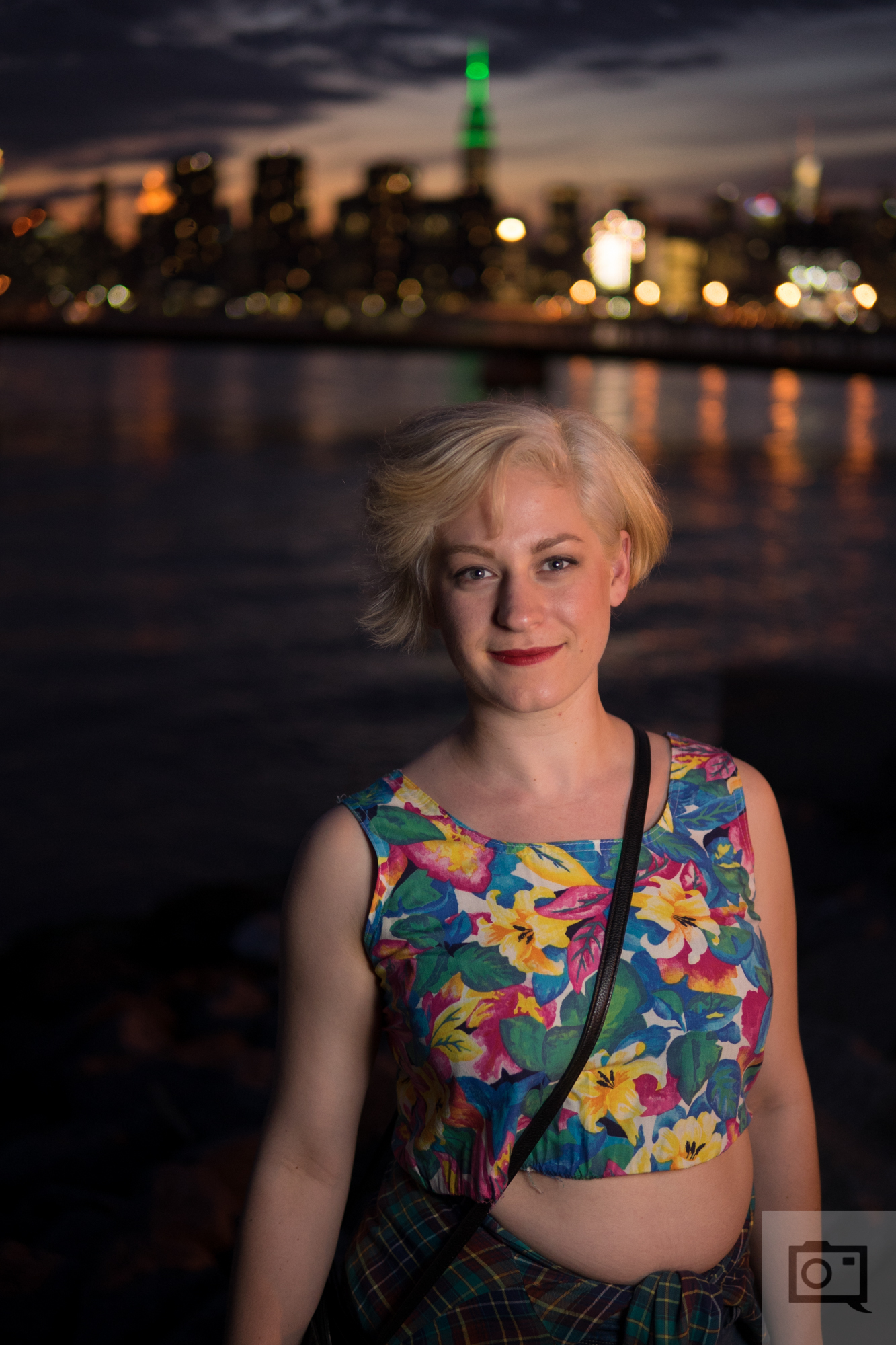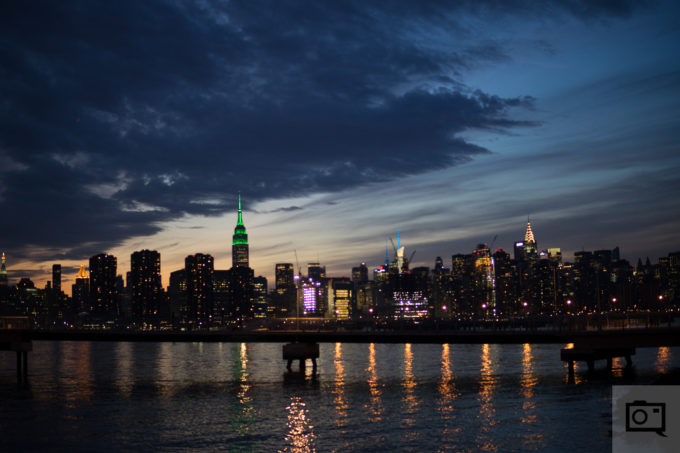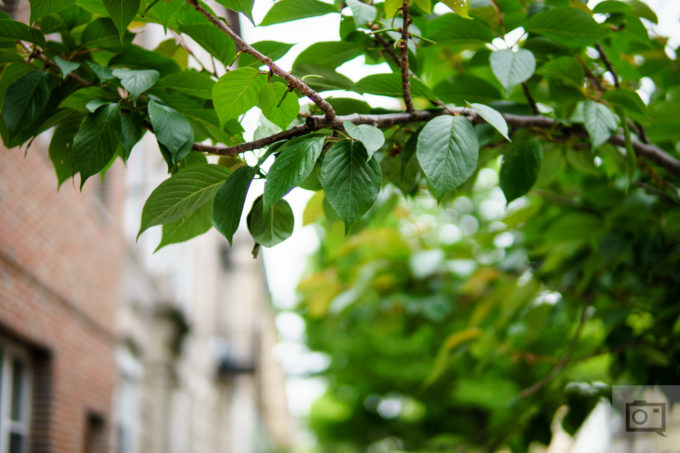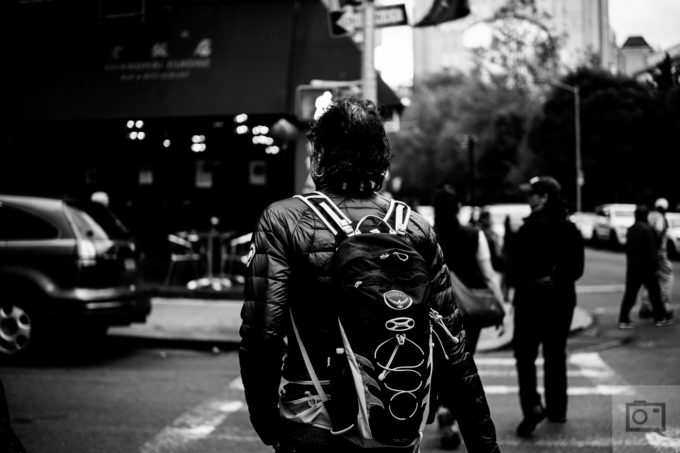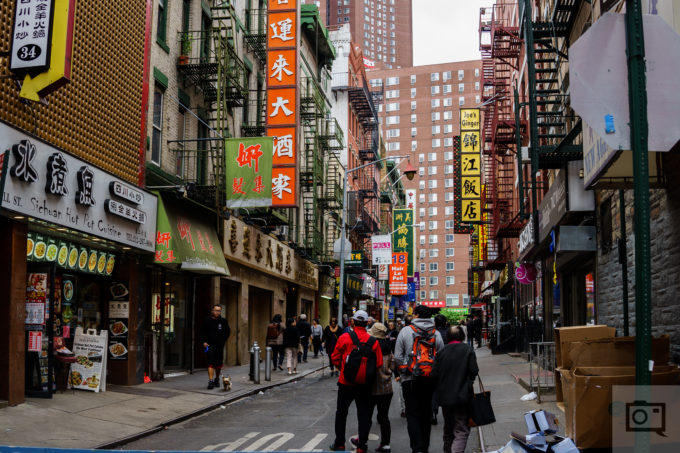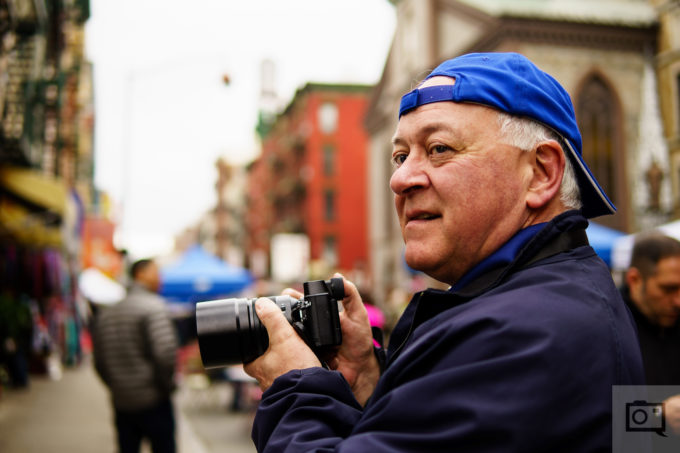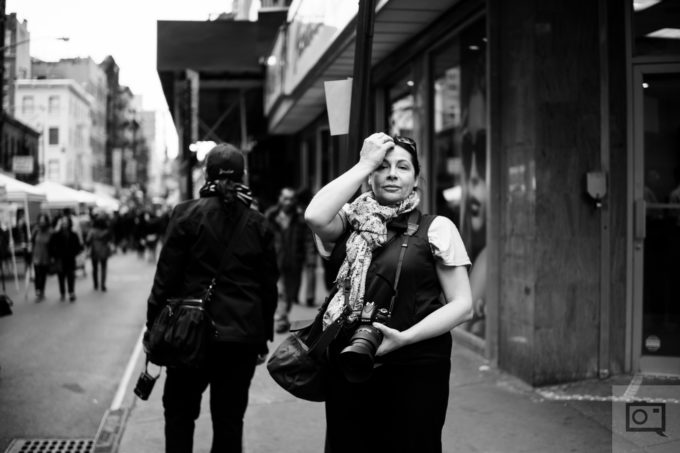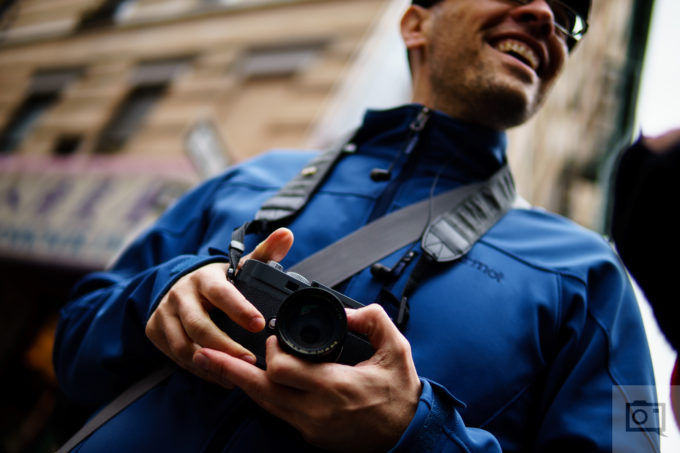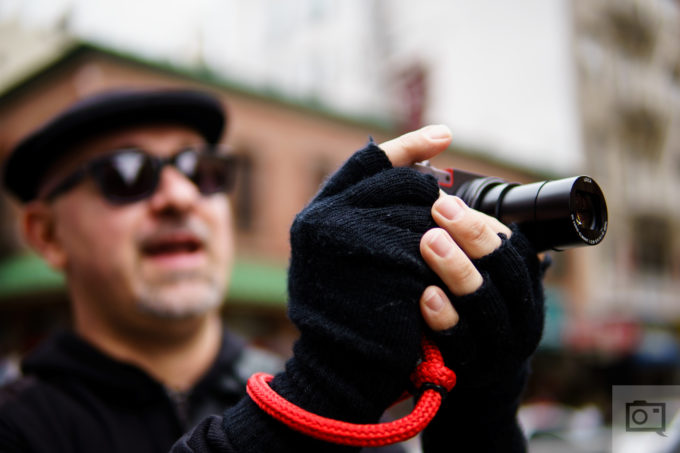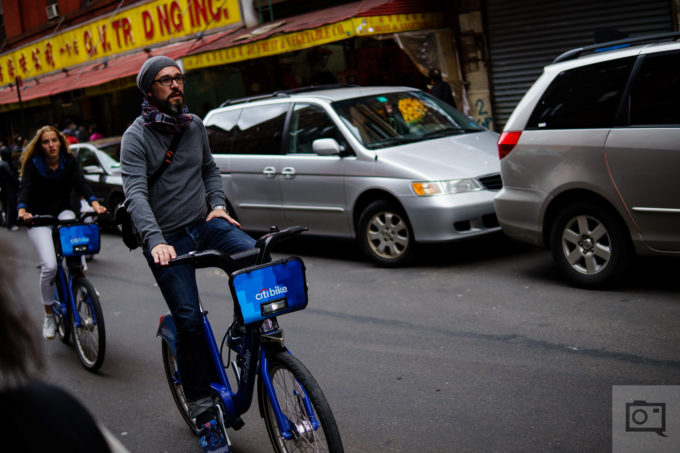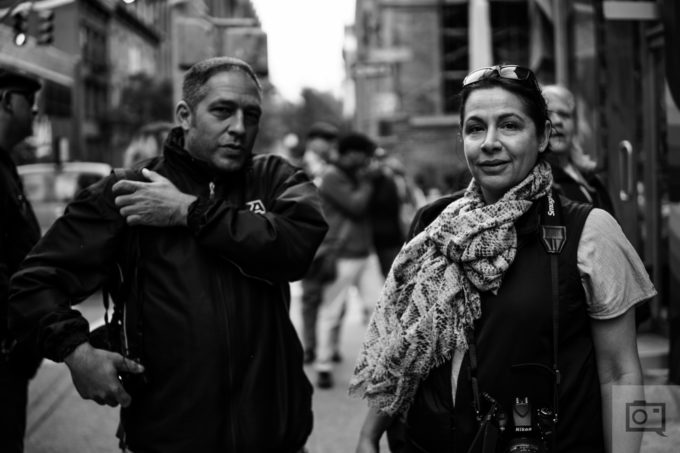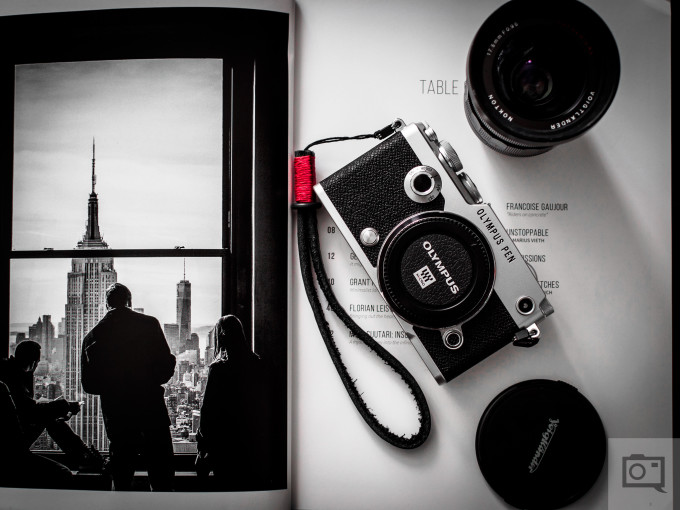Sigma has been putting out loads of awesome lenses over the past years–even their Contemporary glass seems to be right up there with their Art and Sports lenses. So when the company announced their 30mm f1.4 DC DN, I was really curious as to why it wasn’t under the Art series.
With an f1.4 aperture, nine aperture blades and fast focusing motors inside, it surely seems like it would be. But maybe Sigma is making their contemporary lenses render a bit less saturation vs the Art series–at least that’s what the 30mm makes me believe.
Pros and Cons
Pros
- Great color
- Pretty sharp
- Fast and accurate focusing in good light
- Lightweight
- An overall great option for Sony APS-C E mount and Micro Four Thirds mirrorless camera owners.
Cons
- More purple fringing than expected for a Sigma lens
Gear Used
The Sigma 30mm f1.4 DC DN was tested with the Sony a7 and a Godox Thinklite TT685S TTL. Why test an APS-C lens with a full frame body? It occurred to me that because of the automatic cropping, this happens more often than I originally believed.
Tech Specs
Specs taken from Sigma’s website.
SPECIFICATIONS
| Lens Construction | 9 Elements in 7 Groups | |||
| Angle of View | 50.7º | |||
| Number of Diaphragm Blades | 9 (Rounded) | |||
| Mininum Aperture | f16 | |||
| Minimum Focusing Distance | 11.8 in | |||
| Filter Size (mm) | 52mm | |||
| Maximum Magnifications | 1: 7 | |||
| Dimensions (Diameter x Length) |
2.6in x 2.9 in | |||
| Weight | 9.3 oz | |||
| Corresponding Mounts |
|
Ergonomics
The Sigma 30mm f1.4 DC DN is a pretty small lens and is part of the company’s Contemporary line of lenses in the Global Vision program. It’s clearly marked by a C when you look at it from above. Despite this moniker, the lens feels as if it’s made from a carbon/metal composite of some sort. You’ve also got the giant focusing ring around it that is rubberized to give the user quite a bit of grip.
If you’re looking to put a filter on the lens, be sure to get a 52mm size. When putting the lens hood on, it will make things all the more cramped just a tad.
With the lens hood attached, the package gets a bit larger. For what it’s worth though, I’d always attach the hood to protect the front of the lens.
Build Quality
Though the lens doesn’t have any sort of weather sealing, it’s still pretty solid. It continued to function in a light drizzle here in NYC and feels like the exterior is made of metal.
Ease of Use
Sigma’s lenses are as simple as slapping them onto the camera, pointing, shooting and being inspired by your photos. Controlling the focusing type is done through the camera.
Autofocus
In lower lit situations, the lens and Sony a7 didn’t seem to talk so well to one another. Granted, they always chose an area, but not always the area that I specifically asked them to focus on. In good lighting though, there were no issues at all. In fact, it nailed some of the fastest street movements I’ve captured in NYC.
For that reason alone, this lens deserves loads of praise.
Image Quality
Sigma’s colors are always known to be very saturated. For the most part, that’s the case here but the skin tones still remain very good overall. Combine this with great bokeh and you’ve got yourself quite the lens with a normal field of view.
My only major complaint is that this lens tends to fringe more often than that. Usually that isn’t such a big problem but sometimes it can be for me. And considering that I’m pretty lax usually about purple fringing, just keep it in mind.
Sharpness
The best sharpness from this lens comes out when it’s slightly stopped down and a flash’s output is added to the scene. This brings out the specular highlights. Indeed, even with the cropped mode on the Sony a7 this lens is impressively sharp. Once you mount it onto an APS-C body, you’ll be even more amazed.
In a comparison to Sony’s 35mm f1.8 OSS, this lens is obviously sharper than the now aging 35mm alternative. However, the Sony version has OSS–which is a great feature for many who tend to imbibe too much coffee. Street photographers and portrait photographers alike will really appreciate the sharpness of this lens–and to that end the photojournalism world will really like what it can do.
Oddly enough, this isn’t one of Sigma’s more contrasty lenses, so when looking at the whole image all you’re getting is pure sharpness and nothing fooling the eye by using blacks and contrast levels.
Bokeh
With nine aperture blades, this lens is bound to have great bokeh. Indeed it does. The enthusiast that this lens is targeted towards will really enjoy all of the beautifully sharp images that they create accented by genuinely creamy bokeh. Of course, the best bokeh is produced when focusing close up as this is still indeed a 30mm lens properly. Micro Four Thirds users will get a full frame depth of field equivalency of f2.8 when shooting wide open while APS-C users will get f2.1.
Of course, the light gathering abilities will still be that of f1.4.
Color Rendition
I’ve seen far more contrasty and saturated levels from Sigma, but this one is still fairly saturated in the grand scale of things. It produces beautiful colors in nearly every situations that are very lifelike and not at all fooling the eye out of the real thing.
For portrait photographers, know that skin tones with this lens are very true to life and you’ll need to do very little China Doll style retouching on skin surfaces when in the editing process. This means that you’ll be saving yourself a lot of time.
When working with Sony sensors and Sony cameras, use the Deep color mode. With Micro Four Thirds, switch to Vivid.
Color Fringing
Here’s my biggest problem with this lens. Color fringing can be a problem. In the image above, it isn’t so bad and it can be easily eliminated in Lightroom. But look at the image below.
Here’s where it gets kind of disgusting. That’s really tough to eliminate too as Lightroom doesn’t do it at this stage. You’ll need to go in and manually find a way to do it via the color sliders, special tools, etc.
Granted it doesn’t happen all the time, but be aware that it will eventually find a way to creep into your photo.
Extra Image Samples
Conclusions
Likes
- Beautiful image quality overall
- Lightweight
- Fast focusing in good lighting
Dislikes
- Purple fringing gives me more work that I’d like.
The Sigma 30mm f1.4 DC DN lens is quite good overall. It feels nice in the hand, focuses quickly and accurately most of the time, and doesn’t give you the more typically well known Sigma color rendition. Instead, they seem to have toned it down a bit here with this lens. What you’ll need to look out for though is the purple fringing.
The Sigma 30mm f1.4 DC DN receives four out of five stars. Want one? Check out the Amazon listing for the latest price.
Recommended Cameras
Sony a6300: With 24MP and super fast focusing abilities, this lens and camera will nail every shot together.
Olympus Pen f: Though the Sigma lens can’t match Olympus’s good looks, it can surely match it for image quality.


